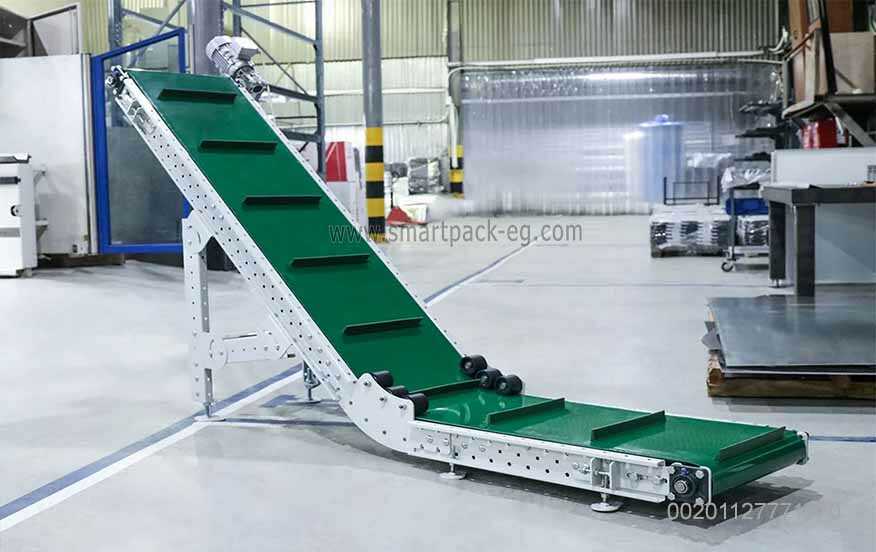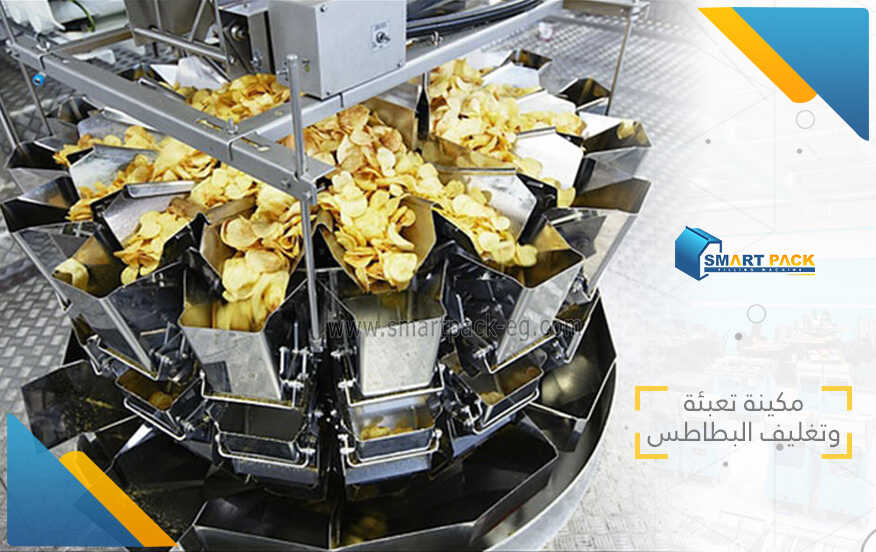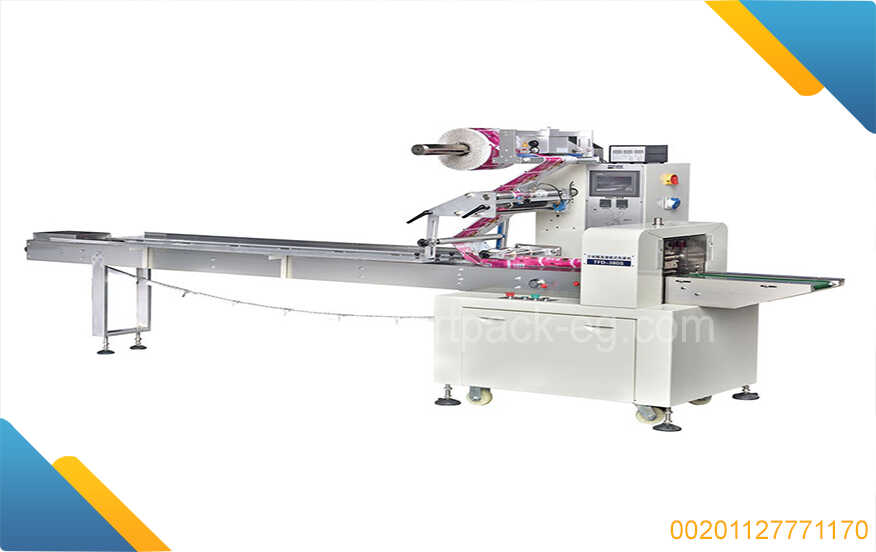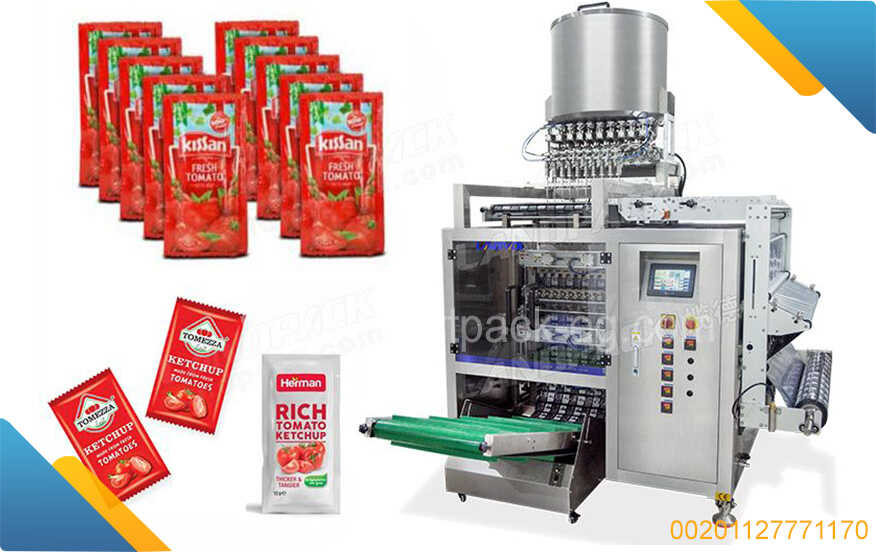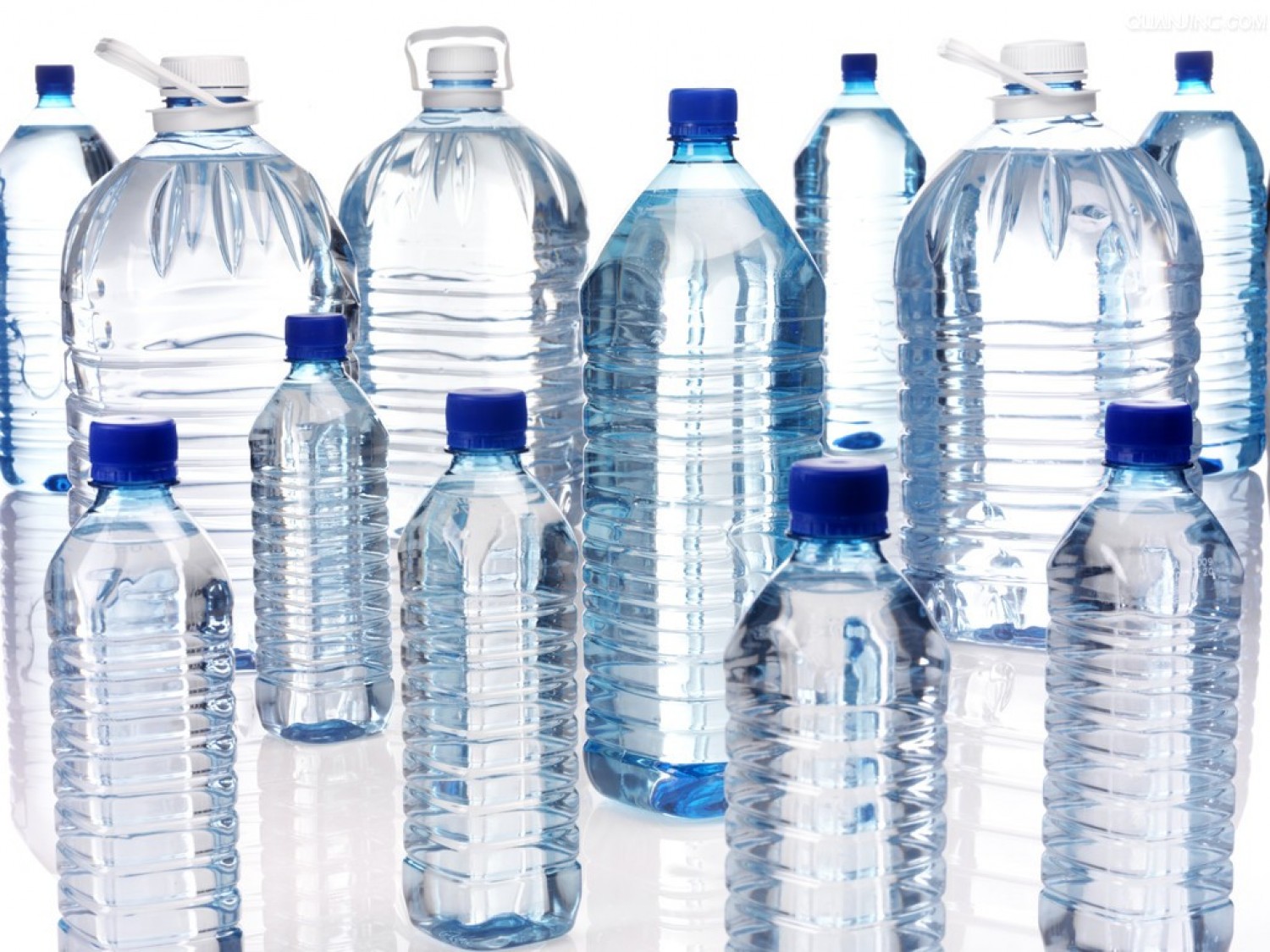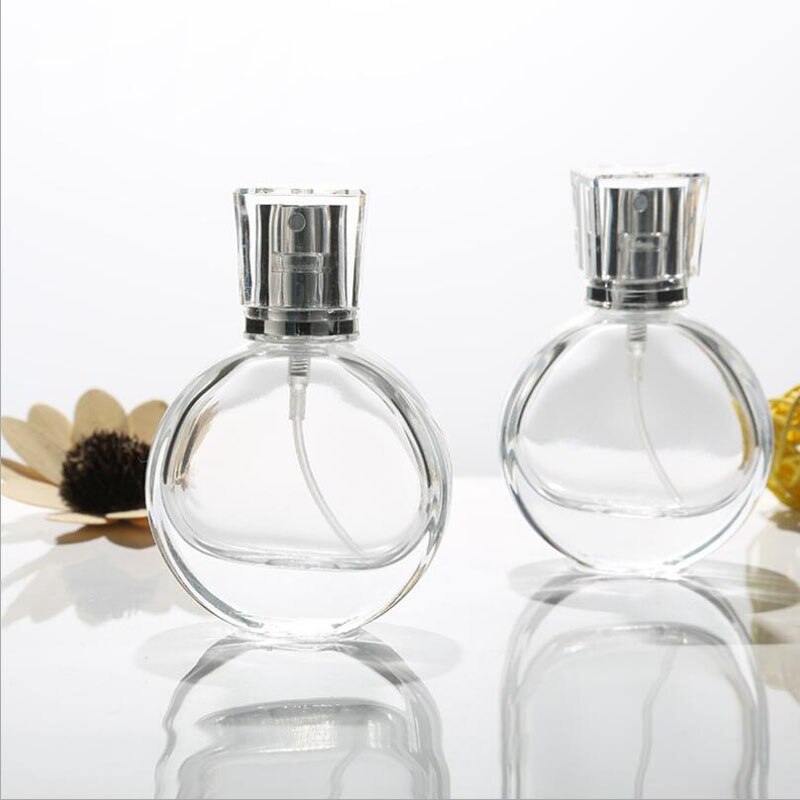Title: How to Set Up a Vinegar Production and Bottling Plant: Guide to Machines, Components, and Processing Methods
Introduction:
Starting a vinegar production and bottling plant requires expertise in both the vinegar-making process and machinery knowledge. This comprehensive guide will provide you with valuable insights into the machines, components, and processing methods involved in setting up a successful vinegar production and bottling plant.
I. Vinegar Production Process:
-
Fermentation:
- Gather raw materials: Select high-quality alcoholic liquids such as wine or cider.
- Fermentation tanks: Invest in stainless steel tanks with temperature control systems to facilitate the fermentation process.
- Add culture: Introduce vinegar bacteria or a "mother" culture to the alcoholic liquid to initiate the conversion of ethanol into acetic acid.
- Oxygenation: Allow controlled exposure to air to facilitate the growth of vinegar bacteria.
-
Aging:
- Select aging barrels or tanks: Choose containers made of oak or other suitable materials for aging the vinegar.
- Time duration: The aging process typically ranges from a few months to several years, depending on the desired flavor profile.
-
Filtration:
- Filtration equipment: Employ filtration systems to remove impurities and sediment from the vinegar.
- Filtration methods: Choose between traditional manual filtration, gravity filtration, or more advanced techniques like diatomaceous earth filtration.
-
Quality control testing:
- pH testing: Use pH meters to ensure the acidity level is within the desired range.
- Sensory evaluation: Regularly sample vinegars to assess taste, aroma, and quality.
- Microbial analysis: Conduct tests to ensure the absence of harmful microorganisms.
II. Bottling Plant Machinery and Components:
-
Vinegar storage tanks:
- Material: Opt for stainless steel tanks to prevent flavor contamination.
- Capacity: Size the tanks based on production volume and storage requirements.
-
Filling machines:
- Liquid filling machine: Select a unit suitable for vinegar with adjustable filling capacities.
- Capping machine: Choose a capper capable of sealing various bottle types securely.
- Labeling machine: Invest in a labeling system to efficiently apply product information and branding.
-
Packaging equipment:
- Bottle sterilizers: Employ sterilization equipment to maintain product hygiene.
- Bottle rinse machines: Utilize automated systems to rinse bottles thoroughly before filling.
- Shrink-wrapping machines: Opt for equipment to protect bottles during transportation.
-
Quality control systems:
- Automatic inspection machines: Incorporate systems for quality control, ensuring correct fill levels, cap placement, and label accuracy.
- Bottle leak detectors: Use automated sensors to identify any leaks in the bottles.
III. Processing Methods:
-
Pasteurization:
- Heat treatment: Apply a controlled amount of heat to destroy harmful microorganisms while preserving vinegar quality.
- Pasteurization equipment: Install a pasteurization unit to heat the vinegar to specific temperatures.
-
Bottling and labeling:
- Conveyor system: Set up a conveyor system to move bottles from the filling machine to labeling and packaging stations.
- Label customization: Incorporate labeling machines capable of handling various bottle sizes and label designs.
Conclusion:
Setting up a vinegar production and bottling plant involves a combination of quality machinery, proper selection of components, and adherence to effective processing methods. With this guide, you now have a better understanding of the essential machines, components, and processing methods required to establish a successful vinegar production and bottling plant. Remember, attention to detail and quality control are key to producing excellent vinegar products.

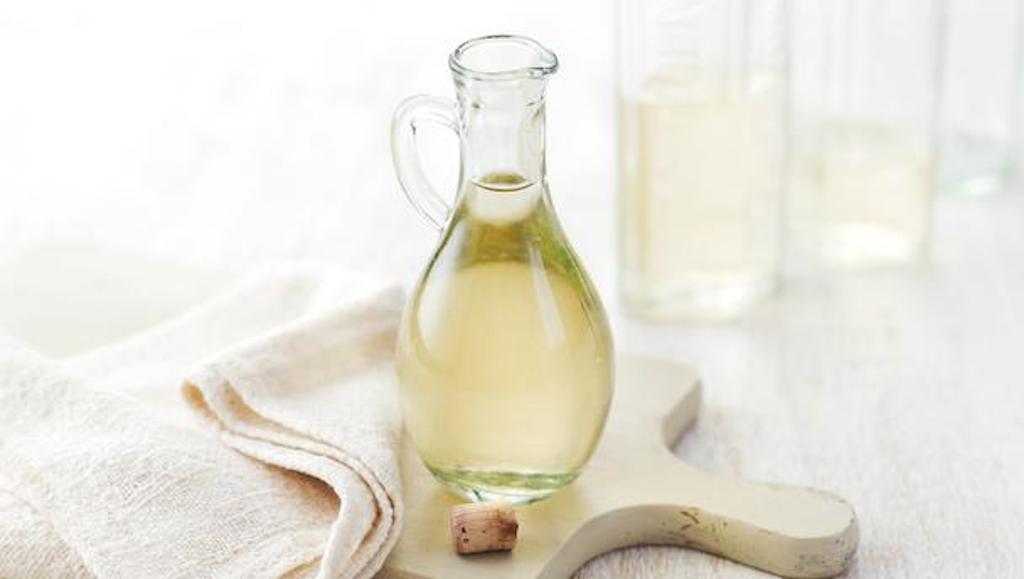
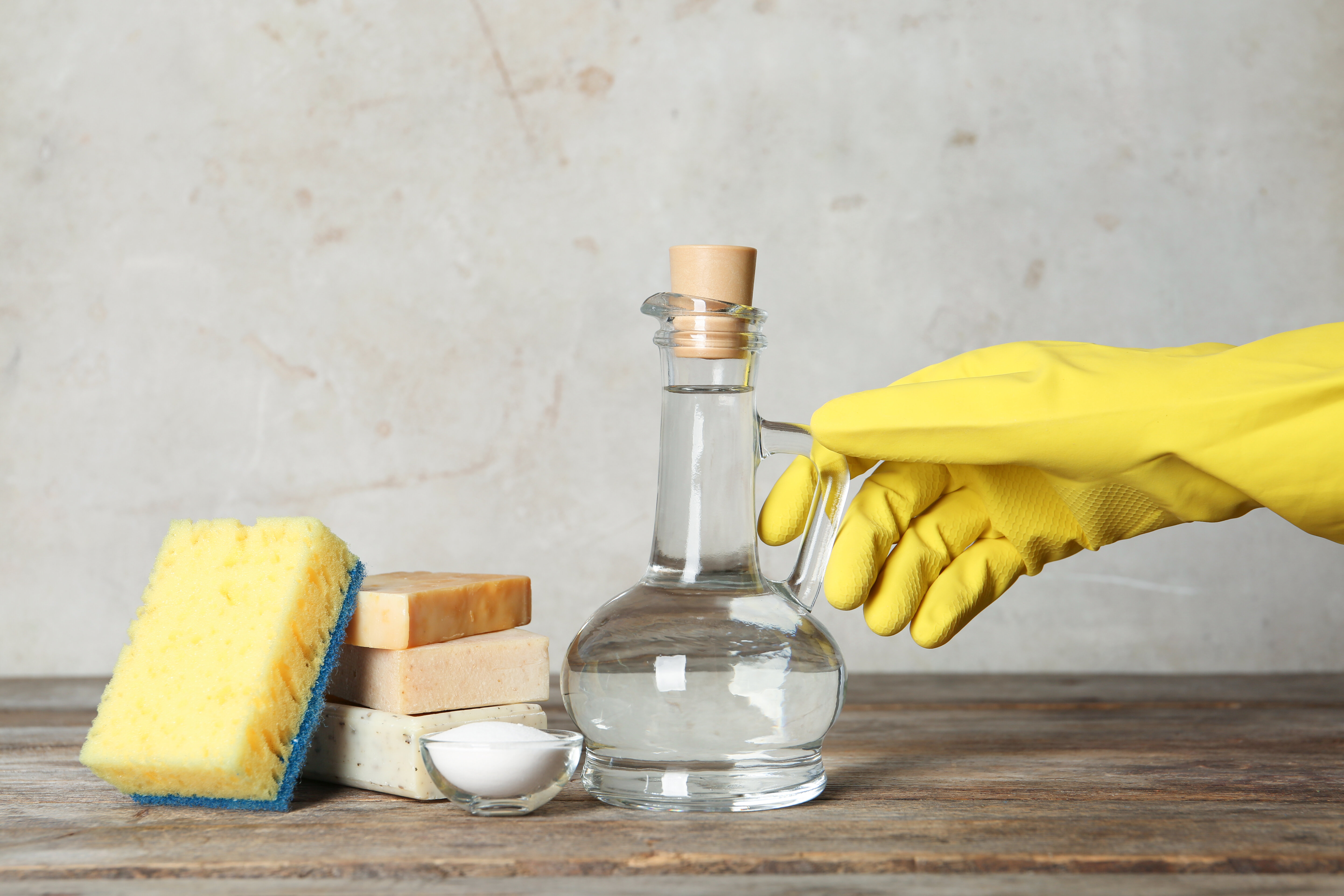
 Admin
Admin 